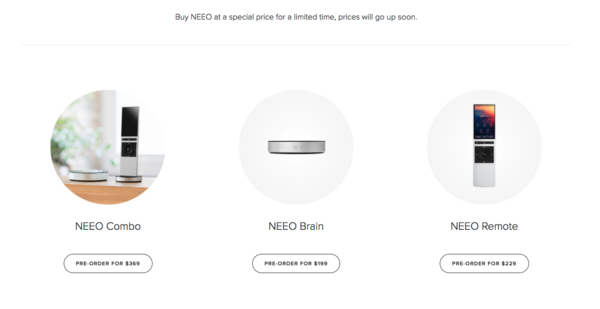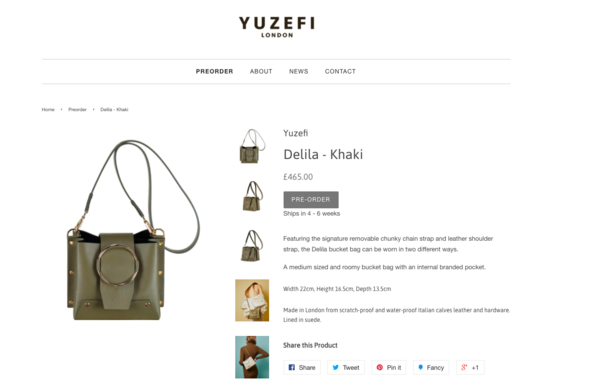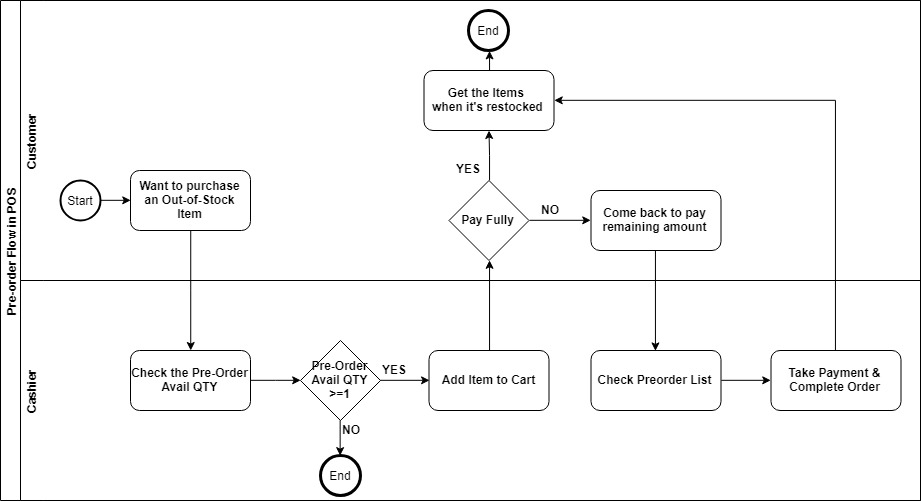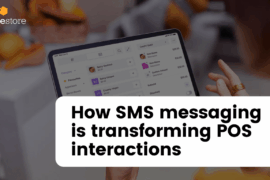Years ago when you were a child, there must be a time when you had all been at the store or stared at a computer screen with a blank look and pondered on the decision to pre-order a game asking yourself, “Is it worth Pre-ordering?”
Now when you become store owners, the situation may be more down-to-earth: Do you run out of cash for producing your products? Or maybe ran out of products to sell? Or maybe, you’ve got a new product that’s super innovative that you want to launch with a splash?
When used correctly, pre-orders can create excitement for your customers, and smooth your cash flow and backfill inventory issues.
What’s Pre-order?
A pre-order is an order placed for an item that has not yet been released.
In term of eCommerce, a Pre-order product is something for sale on your website that is NOT currently in stock but will be in stock at a certain date.
Pre-orders have been used for years in the music business, and particularly in gaming. Pre-orders are also important in other product categories such as consumer electronics (the latest iPhone, for example), new books (Machines Like Me by Ian McEwan) and album releases (Ariana Grande, anyone?), and even autos (think Tesla).
The Benefits of Pre-orders for Retailers
When it comes to eCommerce brands, data from Scalefast suggests that pre-orders may be more important than ever. Their findings indicate that online businesses should put even more effort into driving up their pre-order sales, particularly on the very first day that orders can be made. On average, sales made on the first available day for these pre-orders accounted for 28 percent of the entire pre-order campaign. This figure applies to the most successful pre-order products, and only to exclusive items offered in limited quantities (such as this collector’s boxed edition for Dissidia Final Fantasy NT from Square Enix).
For less popular titles or products, the percentage is lower, somewhere in the range of 15-18 percent of total sales made on the first day of pre-order availability.
The most in-demand products can sell out of pre-orders within minutes or hours.

In other words, what eCommerce brands do before launch is much more important than what they do after launch.
So, what are the Advantages of Pre-orders?
- Guarantee you a certain amount of product sales and revenue during a specific period of time.
- Play as a useful survey to determine the demand for your products in a target market and estimate what quantity you need to fulfill the demands.
- When using pre-orders, suppliers don’t have to worry about unsold stock.
Having a well-thought-out sales plan is crucial to leverage the full potential of pre-orders. It helps you strategize and forecast the demand accurately, ensuring that you have the right amount of product available during the pre-order period and beyond
Pre-orders can be used effectively in any industry, from hand-made items to luxury designer goods to video games. Many popular retailers such as Apple use pre-orders to tailor the production of new products and their shipment for various locations in accordance with the local preferences.
Offering pre-orders may be the right solution for your eCommerce store.
What’s a good pre-order product page?
- The terms and conditions of your service
- The number of products available for pre-orders
- The estimated date of shipping
- How you are going to accept payments
- How your customers can cancel their order if they are allowed to do it.
You can even use the word “pre-order” in the product name so that your customer will see it on the order confirmation email and on the shipping notice.

How To Get Started Pre-Orders in Magento
Magento already has a built-in function, known as Backorder. This allows customers to checkout non-available products by setting backorder for some particular products in Product Details Page or setting backorder all products in site (path: Backend > Stores > Configurations > Catalog > Inventory > Product Stock Options)

In case your requirements are more sophisticated, Webkul Pre-Arrival extension or Magento Backorder Extension by Amasty can be a nicer choice. These extensions have a lot of advanced features, for example, limit pre-order quantity, automatic email notifications, customizable pre-order now buttons, analytics, and more… in your website.


What if your customers go to the offline store and would like to purchase “Out of stock Products”? You want your cashiers to sell those products normally in POS if this product is still within the limit of Remaining Pre-Order QTY.

- Display Pre-Order Availability QTY of each Item in POS

Replace “Add to Cart” by “Pre-Arrival” Button and display Pre-Order quantities – Magestore POS - Update real-time from both online and POS offline orders to “Remaining Pre-order QTY”.
- Display the Pre-order List for cashiers to review all Pre-Orders with its Type and Status.

- Take the remaining value of Pre-order if customers pay partially.
In your Website, customers will see the ‘Complete Preorder‘ button for their partially paid orders.
After clicking on Complete Preorder, the remaining amount will be added to the shopping cart. The product will have a new image and a new name as it is a part of the preorder product. Also, at the checkout, the customer will not have to pay for the shipping again.
The same in POS, the cashier will have a button to take payment with the same items to take the Remaining Order Value.
Last but not least, all products won’t sell themselves so you should combine promotional and marketing efforts to ensure your pre-orders are a success. If you use them effectively, pre-orders can become a simple and powerful tool for increasing sales and growing your eCommerce business.
If you would love to try this Pre-Order Solution by Magestore, or want to expand the requirement, let’s us have a chance to consult you more here.




